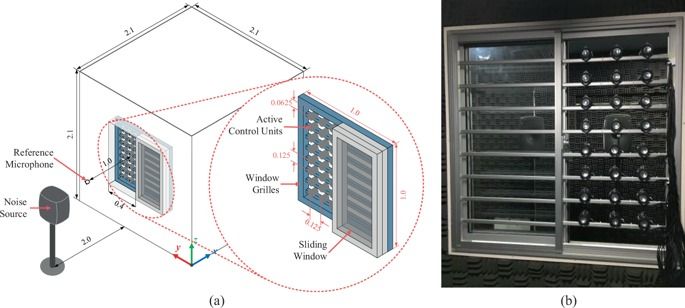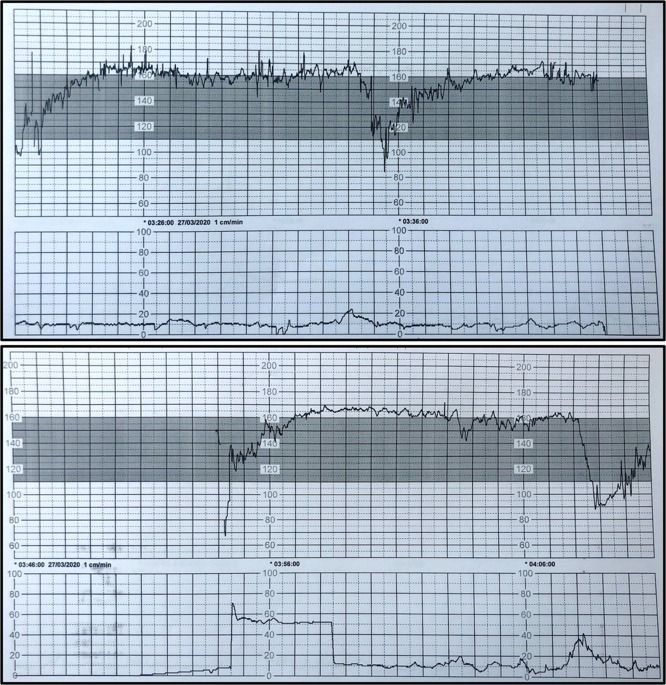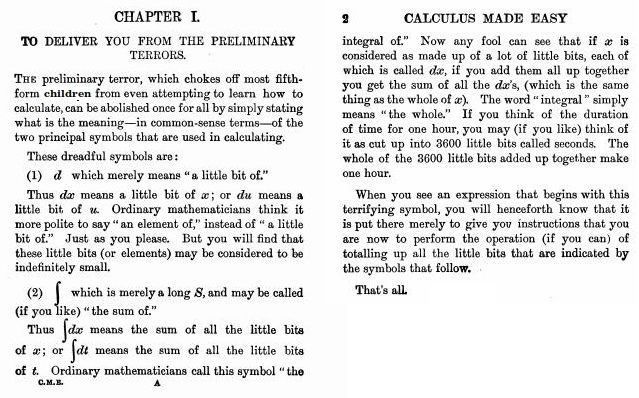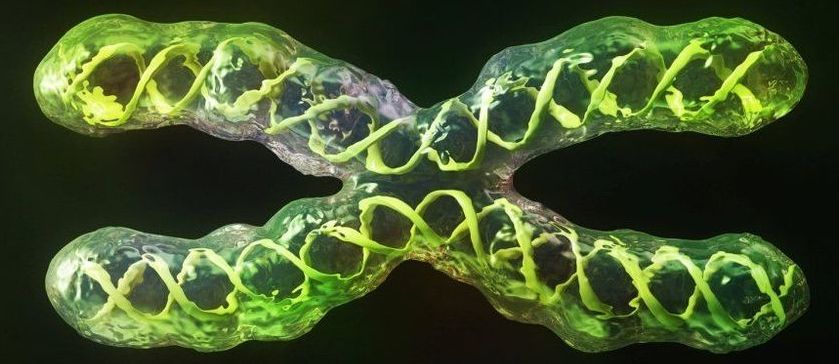Jul 15, 2020
Could these Israeli sprays prevent Covid infection?
Posted by Omuterema Akhahenda in category: biotech/medical
Bio-Wall forms a temporary flexible film over the mucosa of the nose, throat and oral cavity. Antiviral components in the bio-adhesive matrix are meant to trap the virus and block it.
“Once Bio-Wall is sprayed over the mucosa, it masks the tissue from pathogen penetration and infectious disease such as the Covid-19 virus” for several hours, says BioChange Chairman and CEO Ishay Attar.
A nasal spray in development and a surface-disinfecting spray already on the market are intended to keep us safe from virus particles in the air.


















